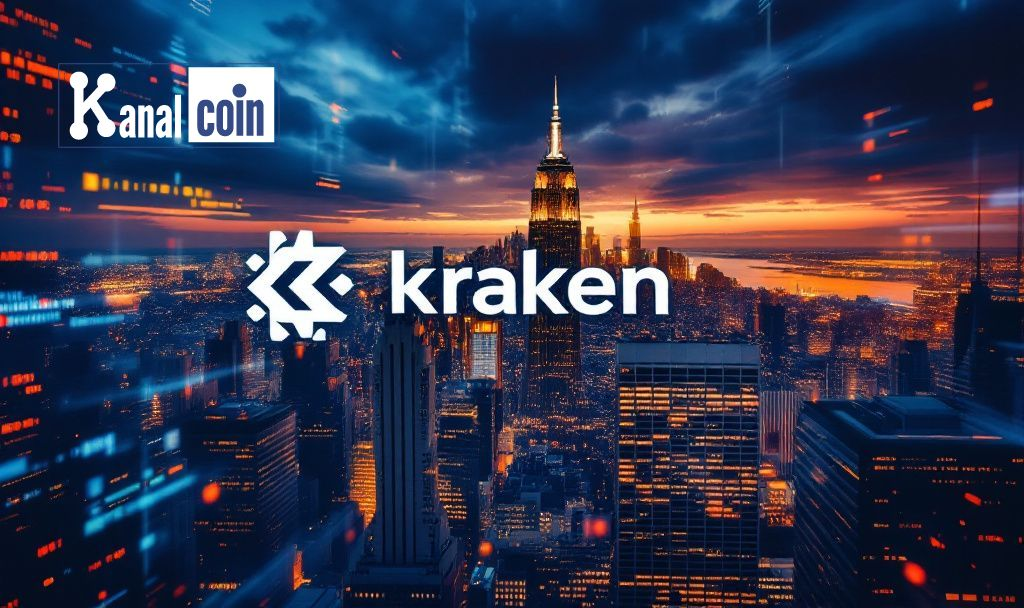Event Background: Cross‑Sector Expansion from Crypto Spot to Traditional Derivatives
Recently, cryptocurrency exchange Kraken agreed to acquire the US retail futures trading platform NinjaTrader for $1.5 billion in an all‑cash deal, marking the largest acquisition in its 14‑year history. The core objective of this transaction is to obtain NinjaTrader’s Futures Commission Merchant (FCM) license, enabling Kraken to conduct compliant trading in cryptocurrency futures, options, and leveraged derivatives in the United States. This move not only fills a long‑standing business gap for Kraken but also signifies a deep penetration of crypto exchanges into traditional financial markets.
As a derivatives platform with 1.8 million active users, NinjaTrader’s technological tools and regulatory qualifications provide Kraken with a critical springboard. Upon completion of the deal, Kraken will integrate NinjaTrader’s futures trading system to launch cryptocurrency derivatives for Bitcoin, Ethereum, and others, and plans to expand into traditional asset classes such as forex and equities to build a “multi‑asset one‑stop trading platform.”

Strategic Motivation: Regulatory Licenses and User Ecosystem Integration
The core logic behind Kraken’s acquisition lies in overcoming US regulatory barriers. Lacking an FCM license, Kraken had previously only been able to offer derivatives services in overseas markets such as Europe, whereas NinjaTrader’s qualifications now allow it to legally enter the US market. Data from the US Commodity Futures Trading Commission (CFTC) show that in 2024, cryptocurrency derivatives trading volume accounted for 12% of all US financial derivatives, with a market size exceeding $300 billion, mainly dominated by institutions like CME and Coinbase. Kraken’s entry could reshape this landscape.
The complementary nature of user ecosystems is another key consideration. NinjaTrader’s users, primarily high‑frequency traders and institutional clients, generate an average daily trading volume of $4.7 billion, while only 20% of Kraken’s 2.5 million users currently participate in derivatives trading. After the merger, the combined user base will exceed 4 million, creating a synergistic effect between spot and derivatives markets. Additionally, NinjaTrader’s advanced charting tools and algorithmic trading interfaces will be integrated into Kraken’s terminal, attracting quantitative funds and professional traders.
Market Impact: Intensified Competition and Derivatives Market Expansion
After Kraken’s derivatives business goes live, it could have three major impacts on the industry:
- Eroding Market Share of Competitors like Coinbase: In 2024, Coinbase’s derivatives revenue accounted for 42% of its total, mainly relying on institutional clients. With lower fees (estimated to be 15% lower than Coinbase) and NinjaTrader’s mature tools, Kraken could divert more than 30% of Coinbase’s active users.
- Driving Expansion in the Cryptocurrency Derivatives Market: Currently, the global daily trading volume of crypto derivatives is about $120 billion; Kraken’s entry may drive this figure to exceed $200 billion by the end of 2025, while also promoting arbitrage between Bitcoin ETFs and futures.
- Accelerating Industry Compliance: Platforms lacking US licenses, such as Deribit and Bybit, may be forced to exit the mainstream market or seek partnerships with compliant institutions.
However, risks and challenges remain. On the technical side, NinjaTrader’s C++ trading system must be deeply integrated with Kraken’s Rust architecture, which could delay product launch. On the regulatory front, the CFTC might impose a 20× leverage cap on cryptocurrency derivatives, limiting Kraken’s profit margins. Additionally, stricter SEC scrutiny of “hybrid trading platforms” could require Kraken to separate its spot and derivatives businesses, increasing operational complexity.
Future Outlook: Global Expansion and Web3 Infrastructure
Kraken’s ambitions extend beyond the US market. Leveraging NinjaTrader’s compliance network in the EU, Australia, and other regions, its derivatives business will rapidly expand globally, especially targeting emerging Asian markets. According to internal documents, Kraken plans to launch leveraged token products in the EU by Q3 2025 and simultaneously introduce fiat pairs in currencies such as the Japanese yen and the Australian dollar, competing with Binance, OKX, and JuCoin for local users.
In the long term, Kraken may integrate its derivatives business with blockchain technology. Its in‑house developed public chain Ink (similar to Coinbase’s Base chain) already supports smart contract functionality and may, in the future, launch an on‑chain derivatives protocol to enable end‑to‑end on‑chain trading and settlement. Such innovations will not only reduce trading costs but also allow seamless multi‑chain asset transfers, further expanding its ecosystem boundaries.
Kraken’s acquisition of NinjaTrader is not only an upgrade in business strategy but also a milestone in the integration of cryptocurrency and traditional financial systems. When regulatory barriers are broken and user ecosystems connected, the institutionalization and globalization of the crypto market will enter a new phase. This case reveals that in the interplay between regulation and innovation, only those who embrace compliance and invest deeply in technology can remain at the forefront.




